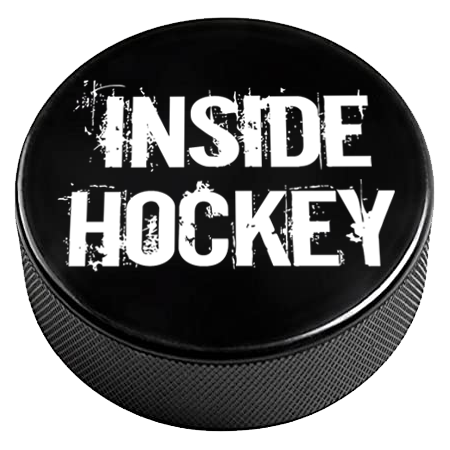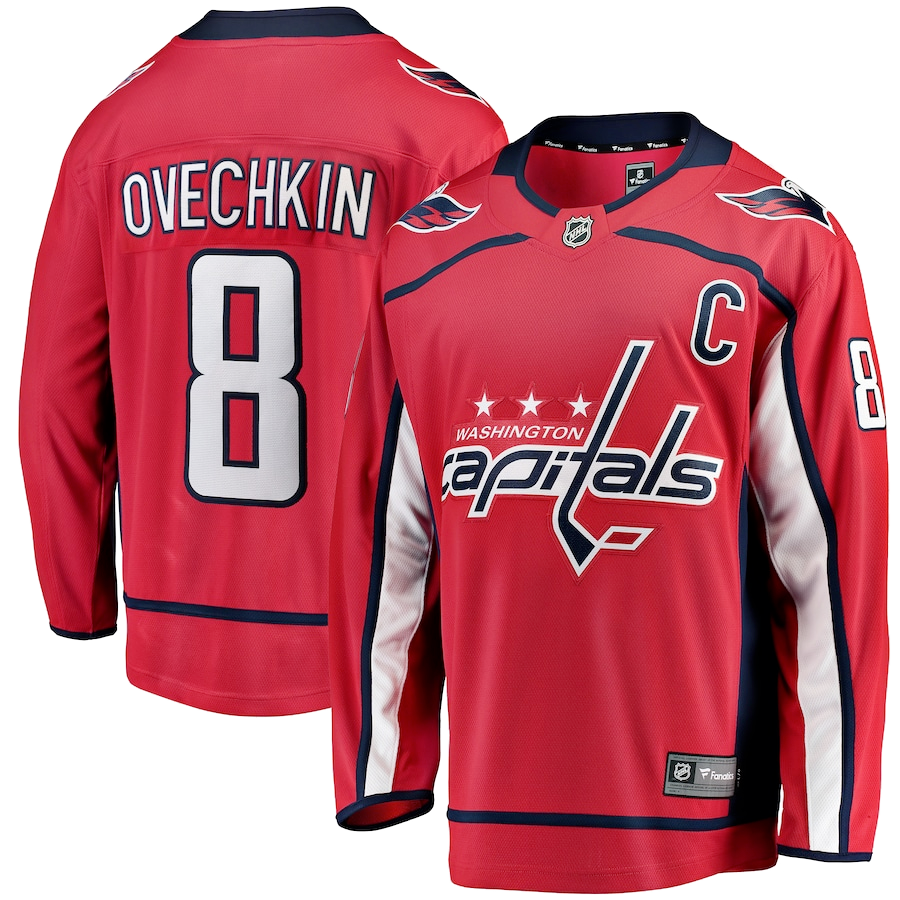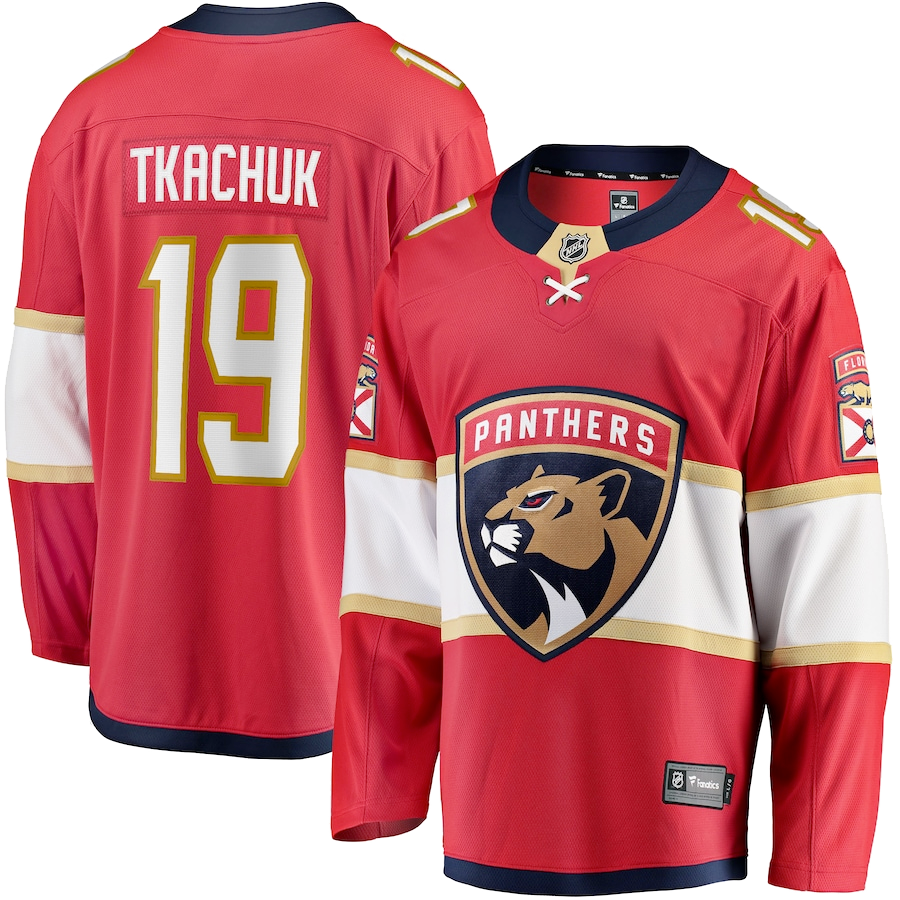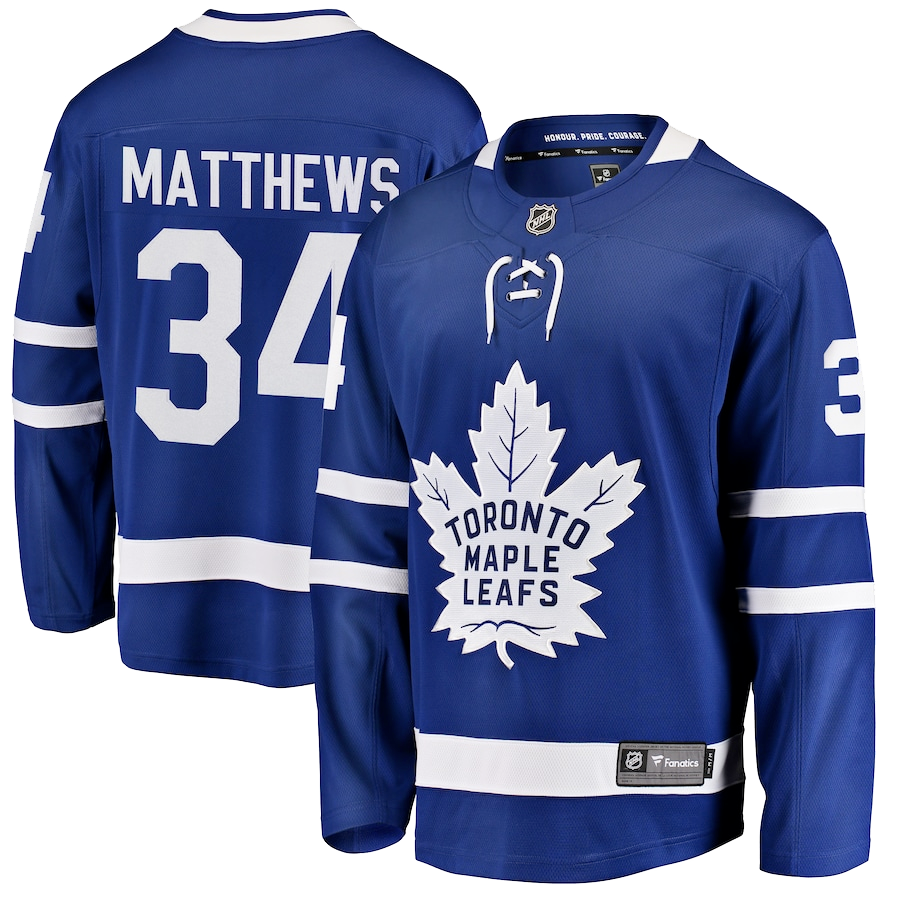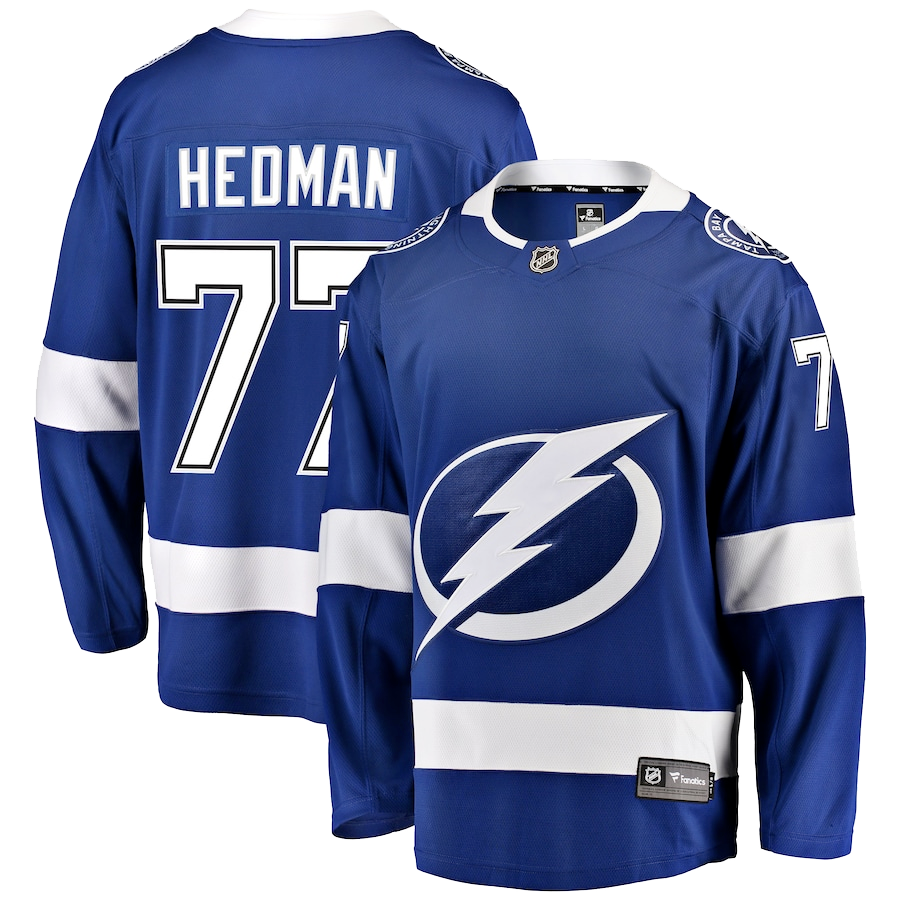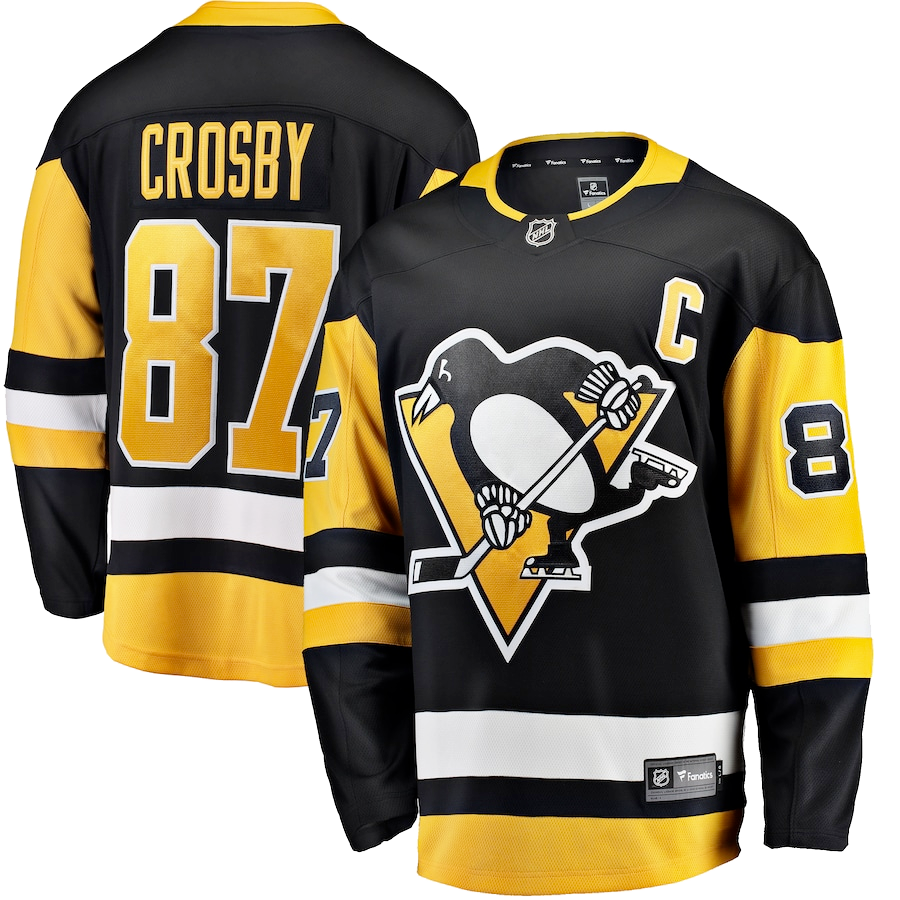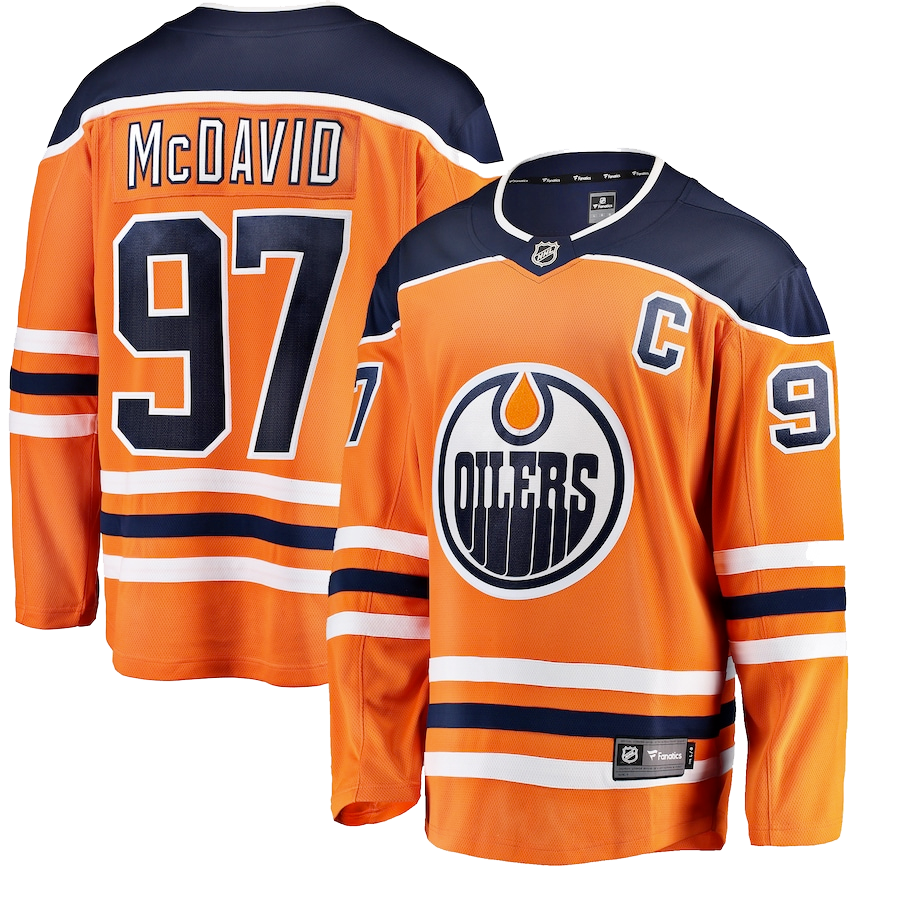Los Angeles—For Dustin Brown’s first NHL game, he didn’t know that there was player parking under the arena. So he found a spot in a nearby lot, paid the $20, and walked over to (then) Staples Center. Nobody on the way over knew who he was. Eighteen seasons later, he will never be invisible again, not the least because his #23 will forever hang in the rafters alongside a pantheon of LA Kings greats. For those who need a refresher, that’s Rob Blake’s #4, Luc Robitaille’s #20, Gretzky’s #99, Dave Taylor’s #18, Marcel Dione’s #16, and Rogie Vachon’s #30.
This from a guy who was, after being drafted thirteenth by LA in Round One of the 2003 entry draft, expected to be a tough banger, maybe a third-line player.
My first NHL player interview was with Brown, in 2005, his second year in the league. He had played 31 games in his first season, 2003-04, then all but every game for the Kings’ (at the time) AHL franchise in Manchester, NH in 2004-05. You’ll remember that there was no NHL that year due to a labor dispute. Brown was promoted to the big club for 2005-06 and never looked back. His career lasted until the end of last season, when he announced to the club and its fans that that year would be his last. Where did eighteen seasons—and as many years of our mutual lives—go? For Brown, it went through the captaincy of the team and two Stanley Cups.
He could still be playing. In Brown’s final year, 2021-22, he had 28 points in 64 games, which isn’t incredible production from a pure points standpoint, but at .44 PPG, it wasn’t far off his points-per-game career average, and was better than his first full season’s numbers. He wasn’t a points guy, anyway. That was never his game. Only once did he exceed 60 points in a year, and that was 61. He had a season with 60 also. He would finish with 712 points in1296 games, an average of .54 PPG.
But that’s neither the end of the story nor the whole story. For all the truth, you have to know a couple of things: he came from rural New York State, took a path few Americans did back then to get to the NHL, and emerged as the greatest Captain in LA Kings’ history, and there have been a lot of good ones.
Brown was a kid from Ithaca, NY, born in 1984, whose ever-faithful father and Isuzu Trooper trekked him all over New York State to play hockey, never asking for more than that his son work hard and have fun. The NHL was his dream, but it was everybody’s dream he knew. (I know the same is true for you, me, and everyone we grew up with, too.) Brown just happened to have the passion to make it happen, and to last for so long.
The whole story is that Brown was most valuable to the Kings’ franchise for two things: the hits he delivered, game after game, a total of 3632 in his regular-season career, and his leadership. The hits speak for themselves. He was always throwing the body around, making havoc and striking fear into opposing players, forwards and defensemen alike.
The leadership was hardly in evidence early in his career. Brown was retiring, to say the least, but to get back to my lengthy after-game interview (I was a rookie, too, and didn’t know that post-game interviews should be short and restricted to game-night matters), he answered every question. The ones I remember the clearest were about how much the team regulated his diet and what he expected to make of himself in the NHL. The answers were, “They pretty much let you do what you think best for you” and “I just have to work hard every day.” There may have been something said about his tendency to be a wrecking ball, though neither of us would have used that language. I think rather it was, “I just need to do what I can to stick in the League.”
So how did a leader emerge? Humbly. Brown became Kings’ captain in 2008, at 23 years old. He was the youngest in team history, and the first American, shy and soft spoken. He took over the role from Rob Blake, but really Mattias Norstrom, who held the job for the six years before Blake had it in 2007-08, his second tenure wearing the C for Los Angeles. Brown credits Norstrom for his leadership and for setting an example he could follow.
Brown’s great innovation was in asking/cajoling/demanding that players stay in LA for the summer to train, something he did early in his captaincy. Before, they would scatter to their family homes, and hockey would be forgotten in LA. There was, as with so many other things here in LaLa Land, a transitory feel to the team. Sure they played here, but they weren’t from here. Brown keeping them in LA for the summer meant that the city mattered—it wasn’t just a place where people would re-gather in October to play a game. Hockey would be part of the fabric of the city now. It worked. A handful of years later, the Brown-led Kings were winning the Stanley Cup.
Now, twenty years after it began on October 9, 2003, Brown was immortalized in a 6pm ceremony in advance of the Kings’ game versus the Pittsburgh Penguins on Feb. 11.
Blake, Norstrom, and a plethora of other past Kings were in attendance for the ceremony in the arena Saturday night. It lasted about an hour pre-game. The present-day Kings, arrayed in sweat suits, were also on the on-ice stage. After speeches by Rob Scuderi and Matt Green, Brown took the podium.
He singled out for recognition the players you might expect—his former teammates Quick, Kopitar, and Doughty. Each won the Cup with Brown in 2012 and 2014. Others from one or both of those teams were on stage, including now-Penguin Jeff Carter, Jarret Stoll, Kyle Clifford, Jake Muzzin, and Alec Martinez. He acknowledged their importance as well.
Other former players not from his era but luminaries in Kings history included Blake, Luc Robitaille, Dave Taylor, and Rogie Vachon, also on stage, making up essentially every era of LA Kings’ history.
After about 45 minutes emceed by Kings radio pro Nick Nixon, the Brown family, which included Brown, his wife, Nicole, and their four kids, walked toward the blueline area and watched as a Brown replica sweater emerged from behind a lighted “LA” sign and was raised toward the ceiling. It will later be placed in the end of the arena where the other retired sweater numbers hang.
Brown’s signature moment as captain of the team, no question, was the moment when Commissioner Gary Bettman handed him the Stanley Cup, and he raised it above his head, ending 45 years of frustration since the team came into the NHL in 1967.
The stage on the ice had a large X in exactly the spot Brown stood to receive the trophy in 2012, and right on cue when this was revealed, Keeper of the Cup Phil Pritchard came onto the ice with it. Brown hoisted it again. He would later say that he had no idea he would ever see that trophy again, let alone on this night.
In fact, Brown will be raising the Cup forever in the form of a statue unveiled outside the arena about half an hour later, while fans inside watched on the video board and the ice was prepared for the Pens and today’s Kings to warm up.
It was a moving, well-planned ceremony, and a great chance for fans, in the full arena and of course on TV, to celebrate again and relive both Brown’s career and their own moments as fans who finally, on June 11, 2012, had their Stanley Cup.
***
During the first intermission, Brown spoke to the media, articulating himself eloquently as he talked about his career, the meaning of playing hockey in LA, and the relationships that he formed as a result of his hockey career.
Some highlights of that interview will appear in part two of this story. Keep your eyes on Inside Hockey for that.
